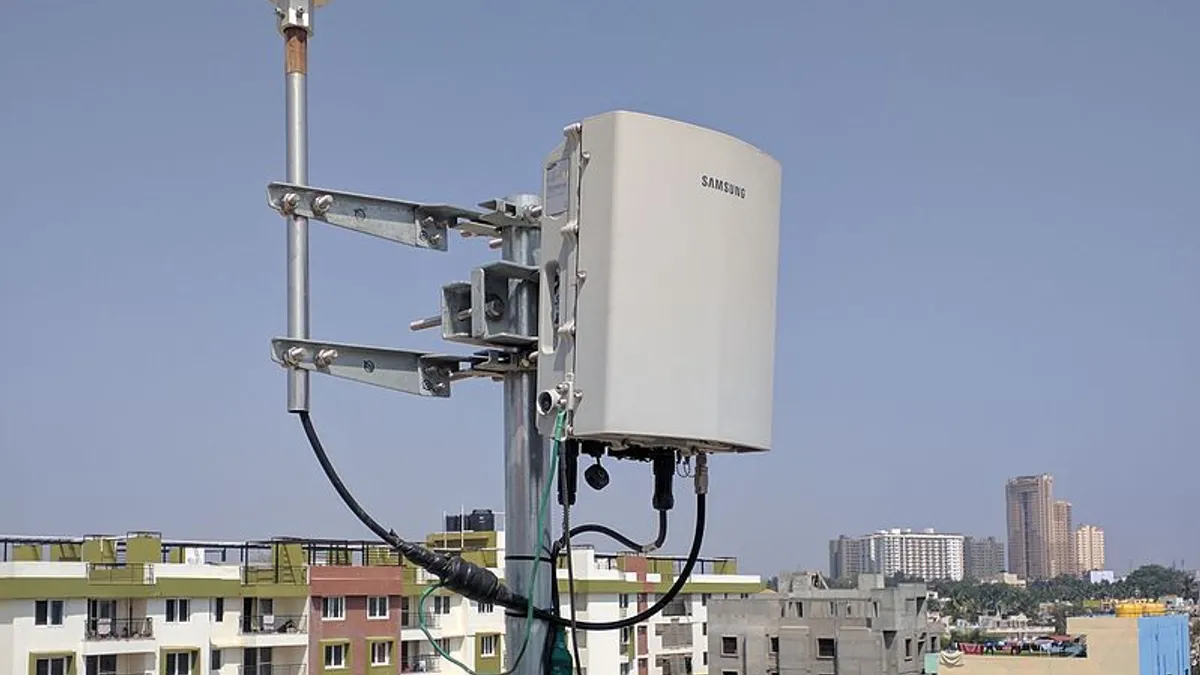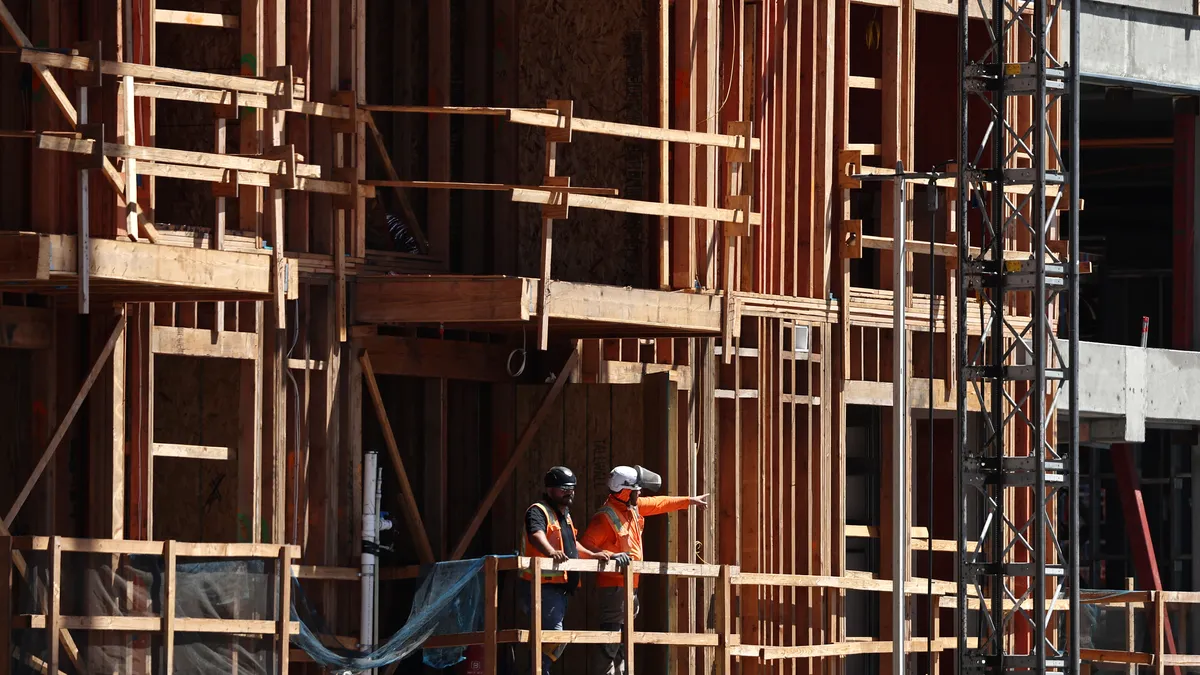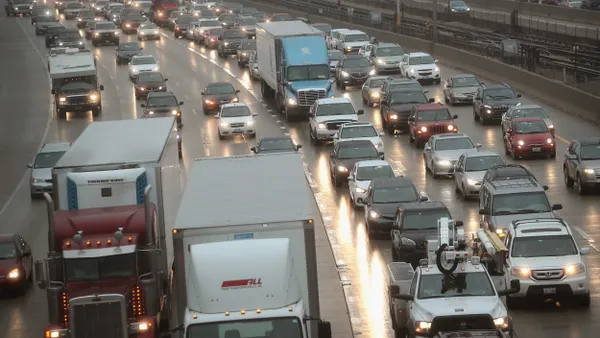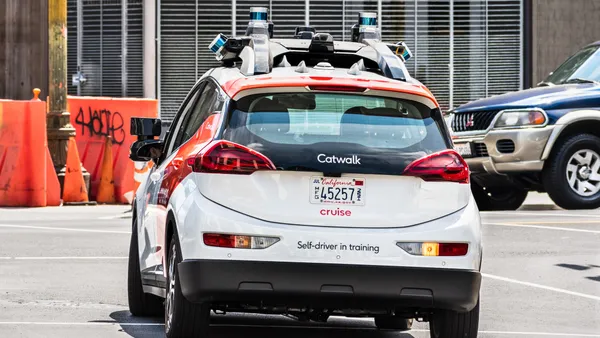Dive Brief:
- With wireless providers suggesting the release of 5G is imminent, and with wireless data consumption expected to grow sixfold by 2022, cities need more wireless facilities and infrastructure, an action guide from the National League of Cities (NLC) indicates.
- The document explains small cells and details strategies for cities to install the infrastructure as well as policy guidelines including considering fee structures, right-of-way access and establishing clear expectations for permit reviews.
- The report provides case studies from five cities that went about small cell installation in different ways: Boston; Lincoln, NE; Raleigh, NC; San Jose, CA; and Tempe, AZ.
Dive Insight:
In addition to each of the profiled cities going about small cell installation differently, each case study highlights a different big-picture aspect for other cities to keep in mind. Boston had to figure out how to upgrade technology while preserving the city's historic — yet crowded — rights of way, while San Jose tackled an issue cities increasingly focus on when innovating: the digital divide.
With San Jose's location in Silicon Valley, it would be easy to get caught up in new technology and not focus on the needs of all residents. But leaders there put a priority on equitable digital distribution. Only 3% of the city had high-quality fiber connections and 95,000 residents did not have broadband access. In working with wireless providers, the city came up with a tiered pricing structure that would encourage deployment in underserved areas, and some of the fees will go into a "Digital Inclusion Fund" to provide innovation access to low-income and vulnerable populations.
"As the world becomes increasingly interconnected, every resident — no matter their zip code — should have access to broadband internet... [w]hether it’s a student completing homework online or a business reaching customers through a smartphone app," NLC CEO and Executive Director Clarence E. Anthony said in a statement. "As cities continue to lead and pilot new technologies, we must ensure they have the necessary supports and resources at their disposal."
Update: The headline has been changed to better reflect the purpose of the action guide.











